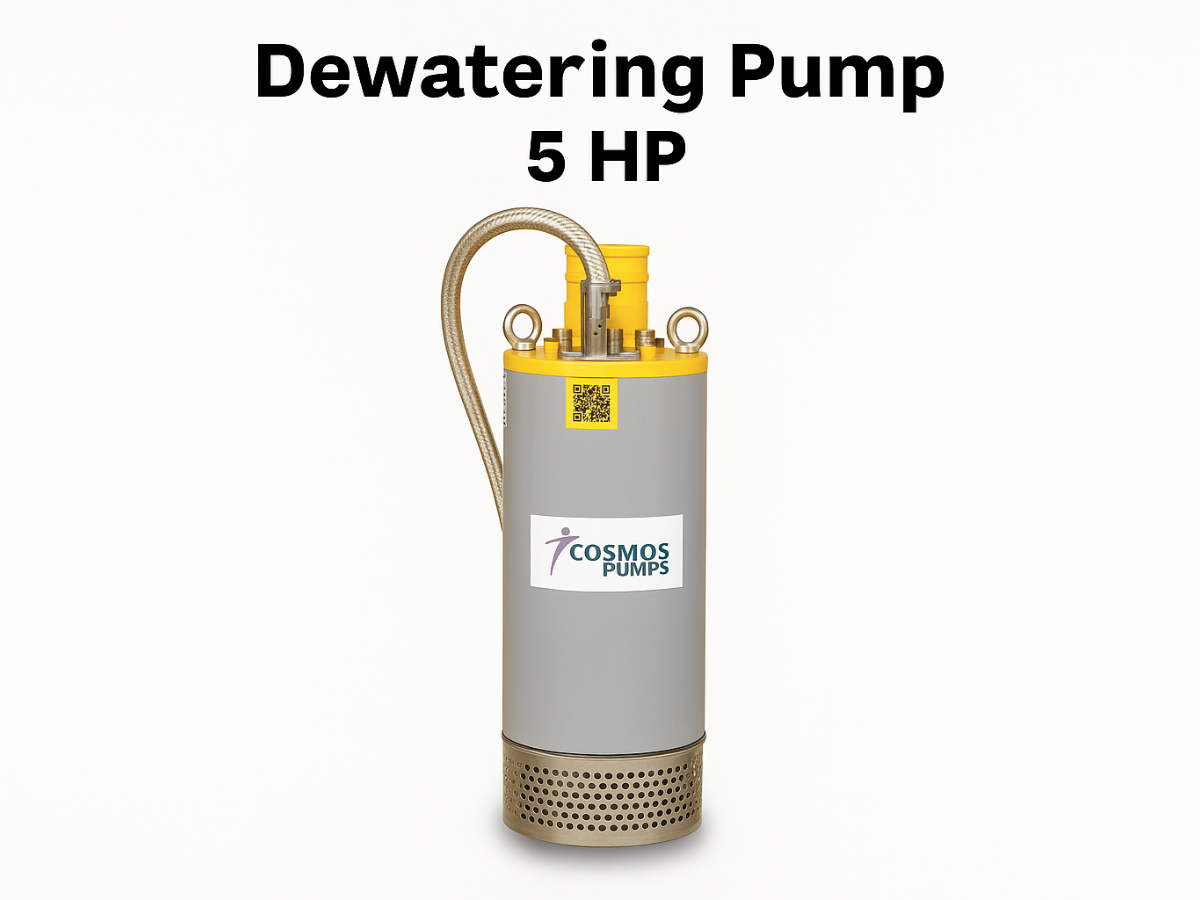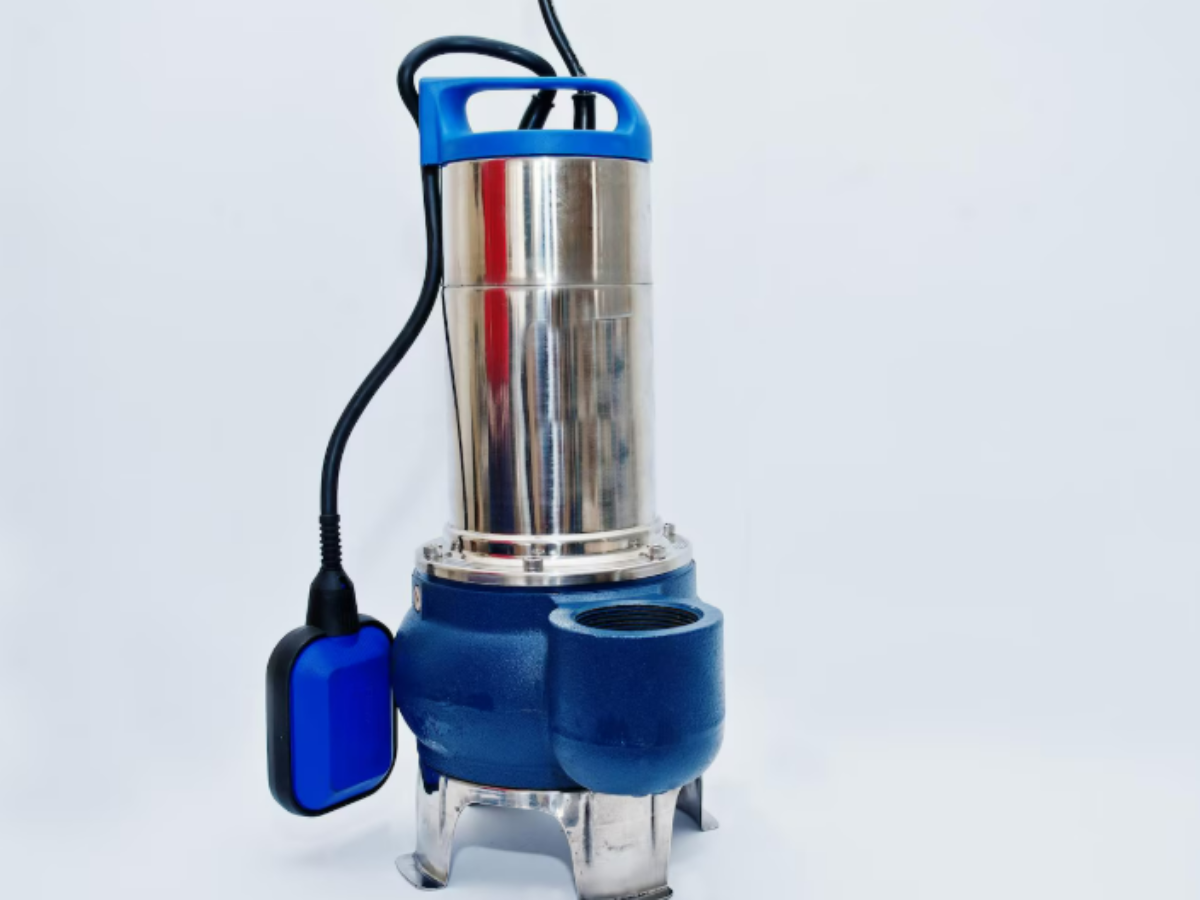
Wastewater management is crucial for modern infrastructure development. Choosing the right solutions helps to ensure that the results are effective and safe for the disposal of industrial effluents, sewage and liquid waste.
Choosing the best Submersible Dewatering Pump plays a crucial role in the collection, processing, and disposal of water.
Why opting for high-quality Submersible Dewatering Pump?
Whether you are searching for a Submersible Dewatering Pump or an ideal Sewage Pump, choosing the right solution helps to offer the best results. These Wastewater treatment pumps are designed to operate when fully immersed in liquid waste. Thus, it can be used in tanks, outs or underground areas to remove the liquid waste.
The high-quality waterproof construction helps to safeguard the internal components like the motor. This is why these can be used for long-term success as it is corrosion and abrasion resistant.
Such durability and resistance to severe conditions makes it vital for Wastewater management.
How do Submersible Dewatering Pumps help in STP wastewater treatment?
Quality Sewage Pumps are useful for managing several stages of the wastewater treatment process like –
- Collection of wastewater – These pumps are designed to gather industrial, commercial and residential waste. Such STP pumps are highly useful for transporting it to the right treatment facilities.
- Treatment – These help to facilitate the movement of wastewater through the different treatment stages. This helps in aeration, disinfection and sedimentation. Thus, it is useful for removal of impurities and purification of the water.
- Disposal – Post treatment, such solutions can help to transfer the wastewater to rivers, lakes, irrigation systems, etc. This ensures that your treated water is safely integrated into the environment.
- Sludge management – Such pumps are designed to handle the transportation of sludge. These help to ease the process of treatment and disposal of this.
Key specifications of a good submersible pump
The Submersible Dewatering Pumps used in this process often have the following key features and helps to handle the unique challenges it poses to the environment –
- Corrosion resistance – Often the Sewage Pumps deteriorate due to abrasive materials and corrosion. However, the best Wastewater treatment pumps ensure that these ensure such harsh environments with durability and reliability. This improves the performance of the same.
- Capacity to handle solid waste – Often organic waste, rags and trash are among solid components of wastewater that harm your pumping process. By choosing the right quality pumps with impeller and casing, it is possible to ensure effective functioning. Such solutions offer lasting results without clogging.
- Automatic level control – Float switches and other automatic level control solutions are included with the submersible pumps. By enabling these to start and stop on the basis of liquid levels, it is possible to improve the overall operational efficiency and control the need for human involvement.
- Energy efficient design – Top systems are designed to be energy efficient as the entire process is often energy intensive. Top systems are designed to ensure that these consume less energy and offer excellent performance. This controls the running expenses and lowers the environmental effect.
Frequently Asked Questions
- What is a submersible dewatering pump?
The submersible dewatering pump is a pump that operates while fully submerged in water. It is designed to remove accumulated water from the construction sites, basements, tunnels, mines, etc.
It has a sealed motor and an impeller that allows it to work effectively underwater without any damage. This pump is compact and portable solution for areas where the traditional pumps cannot be installed.
- What are the major challenges in using submersible pumps?
Some of the major disadvantages of submersible pumps are –
- These systems needs maintenance. This is because it operates underwater and a failure in the same needs it to be lifted out to repair.
- Seal wear and tear – Continuous exposure to water can cause seal leakage and result in motor damage.
- Repair cost – cost is involved in Repairs and replacement of parts
- What is the price of a Submersible Dewatering Pump?
The price range of these pumps is based on the capacity. For instance – 5HP and above pumps price is available on request.
- What is the difference between Submersible Pump and Sewage Pump?
| Features | Submersible Pump | Sewage Pump |
| Purpose | Removes clean water | Can be used to pump out wastewater, solid fecal matter. |
| Solid Handling | Not designed for solid waste | Built to handle solid and sludge |
| Impeller Design | Standard impeller | Vortex impellers designed to operate in tough working conditions. |
| Applications | Useful for dewatering sites and basements | Sewage treatments, septic tanks and toilets |
| Clogging Risk | Higher if water has solids | Lower due to special design |
- What is the price of a sewage submersible pump?
The price range of these pumps is higher than the standard pumps. An industrial pump of 5HP+ costs can be made available on request.

